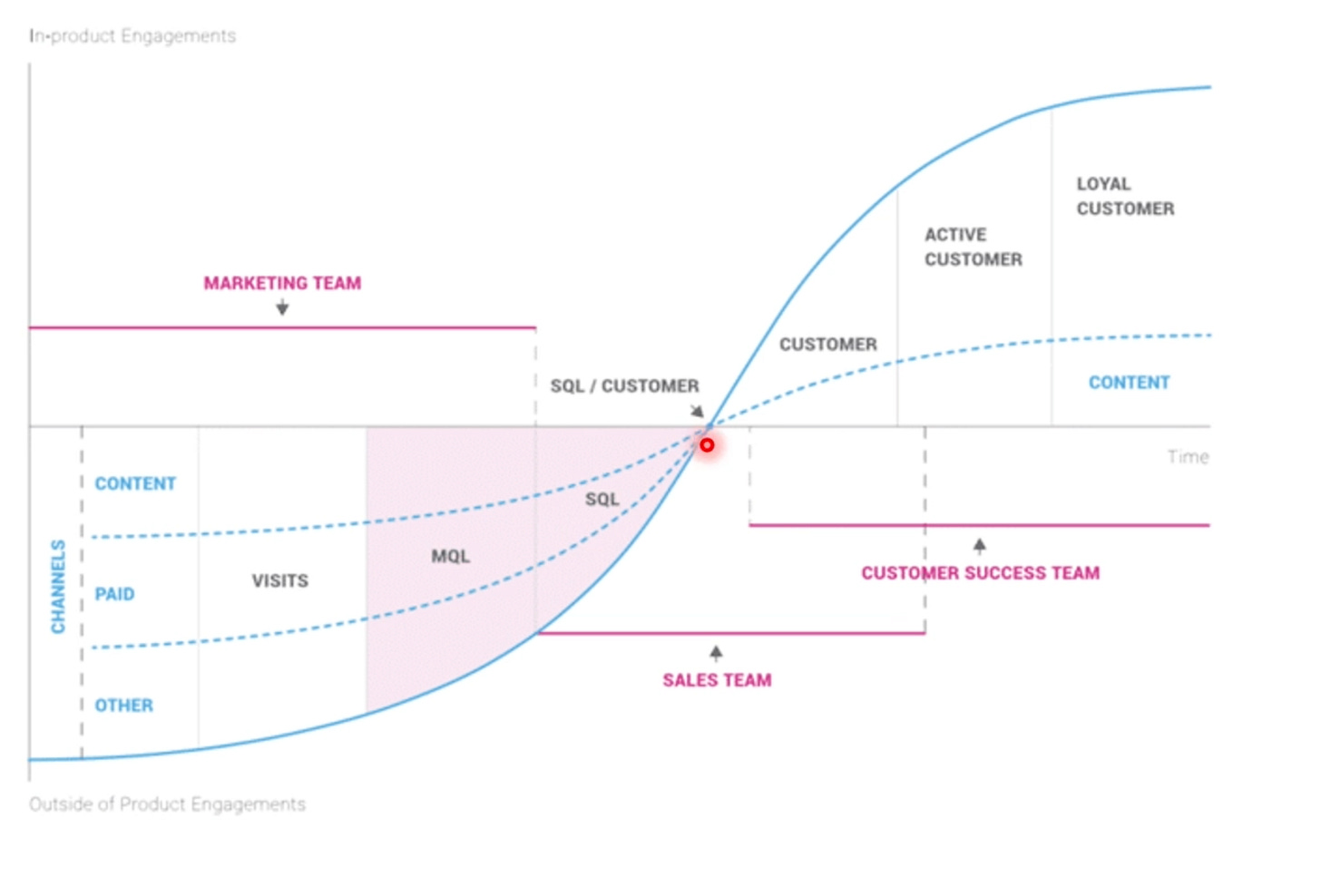This is how departments work together to build good products.
Last week, we discussed some reasons why non-tech companies barely deliver good products, and one of those reasons we discussed is that most of them do not take technology as a core part of their business but they take it just as a department. My opinion on this was that different departments have to work together as a single machine to deliver good products. That's why today’s article will be about how to build this fluid process where departments work together but have tech as the core part and how that can deliver positive results.
The first thing that I want to remind you is that building digital products takes a lot of energy, more things contribute to the success of building digital products and this is the home of that. Now let’s start here, for a product to be called successful, it has to benefit both the users of that product in terms of value and the company that owns that product in terms of revenues. This means if the product can successfully solve people’s problems without making money for the company, then that’s not success. It’s safe to say that it’s not even easy to make money on the company’s side when users are not satisfied with what you are offering to them. Building a fluid system where different company departments work together and having the tech at the core is the sure way to build products that both users and the company benefit from.
Tech is something that when you take it as a department at any organization, you don’t get the best of it and also other departments suffer. Tech is something that is supposed to be the core of a fluid-functioning system. In this way, tech gets the best out of every department around it because it’s more of an industry than a department.
In this article, I will use different departments which are Marketing, sales, and Customer Success (support). How these 3 forms a digital product machine alongside the Product team. I will not spend time explaining exactly what the product team does. They just build products or features. But now the goal is to make sure that product or feature built become helpful and successful on both the user’s side and the business side.
Let me share the following graph and it will help me explain the flow of how they work together :
Marketing Team
Before we build a product or a feature, we have to understand the people that we are targeting as our customers, and after that, we build for them. The marketing team has to deeply have an understanding of our targeted customer as well as the product team that developed the product. Why? Because after building the product, the marketing team will have to come up with the right channels to use to reach those people.
As you can see on the graph, the Marketing team starts the flow, on that graph we are assuming that the product or the feature is already developed. Channels that the marketing team can use include creating content, paying ads to different platforms and so many other ways. From those channels, your product/feature gets some visitors. The marketing team still has the job to collaborate with the product team on some marketing techniques to turn those visitors into Marketing Qualified Leads (MQL). Those marketing techniques to translate visitors into MQL might need to be implemented by developers but they are still considered as the craft for marketing. For example, at this stage, the marketing team can ask themselves how they can convince visitors to create an account or do anything that puts them in a position where the sales team can sell them the value now.
On some products, especially features, visitors might be MQL. To be a Marketing Qualified Lead means you are at the point where the sales team can sell the product to you. Now the next team to take over is the sales Team.
Sales Team
At this stage, now the sales team takes over, and their first job is to convert MQL into SQL ( Sales Qualified Leads). The goal that we have here is to sell our product or feature to the Marketing qualified leads. The sales team together with the product team designs a product demo to present the value to the prospects (MQL). The product demo or an onboarding process can be implemented by the product team, but the sales team is responsible and accountable for designing the process. This means the sales team has to deeply understand the value that the product is providing just for them to be able to sell it.
When the sales team clearly understands the product, they can help users understand the product, and from that, it is easy for the users to buy the product when they understand.
The major outcome of the sales team job is a customer. And when users become customers, the next team to take over is the Customer Success team.
Customer Success Team
When a user becomes a customer, the customer success team takes the lead now. Their job is to help every customer in integration. By integration I mean to make sure the customer who paid is getting what he/she needs. It is possible that if someone pays, gets a different offer compared to a user, so the customer success team has to help him integrate well with our offer, and by making sure our customers are getting exactly what they need and by talking to them in different ways to make sure we get their feedback and support them whenever they need our help, results in renewing their subscription and it can also help us to upsell our product to them.
The integration of customers can be achieved by doing different things including the onboarding process. This is designed by this team but of course, the product team is there to implement the design and the ideas of the customer success team.
As you can see it is an industry, and the product team itself can’t develop a product that customers will love and buy. It takes different departments and skills to develop an outstanding product. Another thing that I would like to mention is that just because you are a marketing graduate doesn’t guarantee that you are going to be able to market digital products. The same thing applies in sales, just because you have been doing sales for years doesn’t guarantee you to be a good salesperson on tech, especially in the digital product industry. There is a different way of doing things in this industry.
Each team has to understand very well the vision and the strategy so that they can know exactly where their work will fit in the big picture. Their job needs to contribute to the mission, so the alignment here is something that we have to take seriously. So as you have seen if each team works in isolation, can we have a good product? Absolutely no. it’s like a puzzle, and every team has a job that can’t be completed by another team. That’s the process ladies and gentlemen. It takes hard work to win in this industry.




